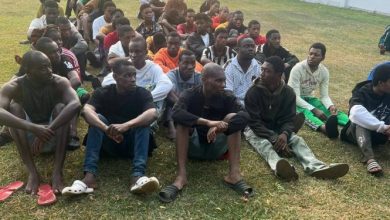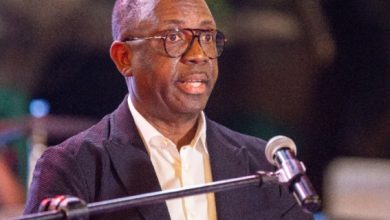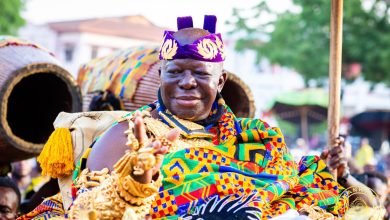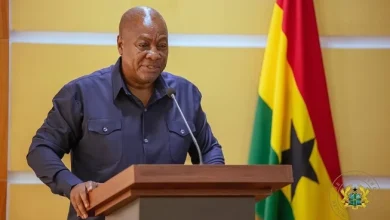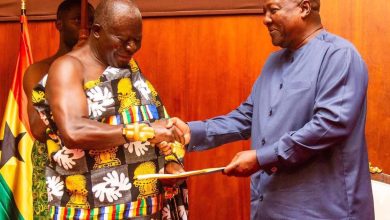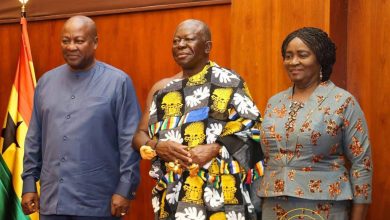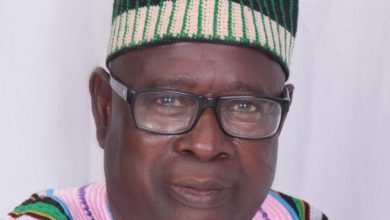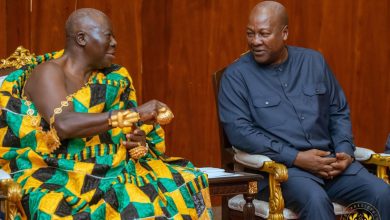Kumasi-Bolgatanga 330kV line commissioned; It’ll carry power to Burkina Faso

President Nana Addo Dankwa Akufo-Addo has commissioned the 330kV Kumasi-Bolgatanga electricity transmission project at the Anwomaso Substation of the Ghana Grid Company (GRIDCo).
Financed by the French Development Agency (AFD) at a total cost of US$173.9 million, with a grant of €4.8 million from the European Union, the project consists of the construction of approximately 550km of 330kV transmission line from Kumasi to Bolgatanga, the construction of 330kV substations in Kumasi, Kintampo, Tamale and Bolgatanga, the expansion of the existing 161kV substations at those locations and the implementation of environmental mitigation measures and a resettlement action plan for the project.
The project, which is an integral part of the West Africa Power Pool (WAPP) project, seeks to reinforce the Ghana transmission system, ensure the export of at least 100 megawatts (MW) of electricity to Burkina Faso, as well as increase the reliability of the Ghana-Burkina Faso interconnection project.
To help realise this objective, GRIDCo also constructed a 330kV transmission line from the Aboadze Power Generation enclave through Prestea to Kumasi.
Not only has the project succeeded in supplying 150MW of power to Burkina Faso; it has also increased the transmission capacity to meet growing demand in the Ashanti Region, northern Ghana and beyond.
Appreciation
Speaking at the commissioning ceremony as part of his four-day visit to the region, the President expressed gratitude to the French government for the credit facility to complete the project to stabilise power supply to the Ashanti Region and the northern part of the country.
He commended the Energy Commission, GRIDCo and the Ministry of Energy for working together to bring the project to fruition.
Now, he said, the people of the Ashanti Region could enjoy stable power supply to support their businesses and increase productivity.
Game changer
The Board Chairman of GRIDCo, Kabral Blay-Amihere, said the project was a game changer and key component in ensuring sustainable and reliable power delivery in the Ashanti Region and other regions in the middle belt and the north.
More importantly, he said, it would enable GRIDCo to export power to Burkina Faso, adding: “The presence of a delegation from SONABEL, the electricity company of Burkina Faso, is testimony to the role of electricity in uniting our countries for development.”
Other benefits
The Minister for Energy, Dr Matthew Opoku Prempeh, noted that the projects had contributed to the reduction of transmission line overloads and associated high transmission losses and improved voltages, particularly in Ashanti, Bono and Bono East regions.
He stressed that the 330kV transmission lines had also helped to improve the quality and reliability of electricity supply in the country.
Major achievement
The Chargé d’Affaires at the Embassy of France, Raphael Malara, said the commissioning was a major achievement for Ghana, Burkina Faso and France relations.
He said the project had begun to “have huge benefits for the Ghanaians by improving the reliability and efficiency of power transport and distribution up to northern Ghana”.
“France is proud and honoured to have been able to participate in strengthening Ghana’s infrastructure, which is essential for the well-being of Ghanaians and the economic development of the country,” he said.
West Africa Power Pool
The WAPP project commenced with the coastal transmission backbone (CTB) projects which involved the construction of 330kV Aboadze-Volta (Tema) and the Momehagou (Togo) transmission lines and associated substations, as well as the upgrade of power generation facilities in Ghana.
Completed in 2014, the projects were jointly implemented by the Volta River Authority (VRA), GRIDCo and the Communauté Electrique du Bénin of Togo/Benin.
The developmental objective of the CTB project was to increase access by WAPP “Zone A” coastal states (Cote d’Ivoire, Ghana, Togo, Benin and Nigeria) to more stable and reliable electricity to alleviate power supply deficits and reduce their collective vulnerability to drought-induced power supply disruptions.
The subsequent project was the Inter-zonal hub transmission project.
The developmental objective of the first phase of the project was to reduce the cost and improve security of electricity supply to Burkina Faso, while increasing Ghana’s electricity export capacity.
Source: Graphic online

